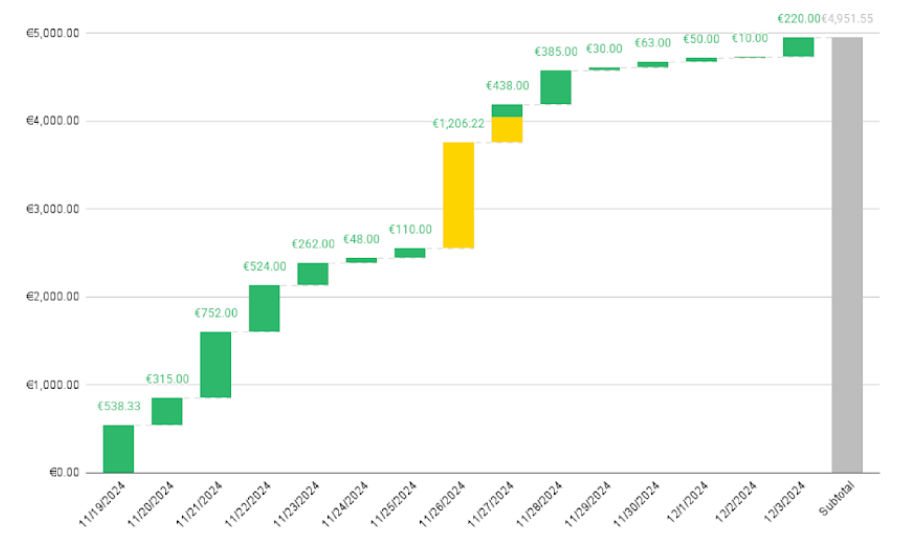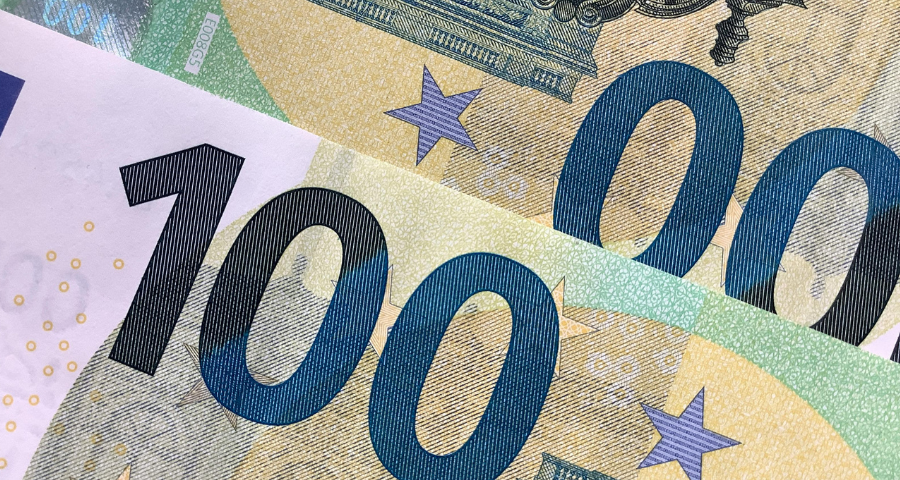
Data-driven donations: how NSPCC boosted online giving through tech, testing & trust
August 6, 2025Matching grants – or matched funding – is a high-impact, low-cost way to boost giving and donor engagement, says Živilė Tumasonė, fundraising consultant & partner at Lithuania’s Baltic Fundraising Hub, but can be an underused fundraising method. In this How to… for Fundraising Europe, she explains what matching grants are, their suitability for even smaller nonprofits, and how to implement a successful campaign.
The fundraising world is full of tested and effective tools, and one of the most powerful yet underused in smaller fundraising markets like Lithuania is the matching grant. This method, widely popular in other countries and usually used in large fundraising campaigns, can also deliver impressive results for small nonprofits. One standout example is the organisation Augalyn, which promotes plant-based nutrition in Lithuania and successfully ran a matching grant campaign at the end of 2024.
What are matching grants?
A matching grant, or matched funding, is a fundraising method where a donor – often a business, foundation, or sometimes an individual – commits to multiplying every euro raised by the nonprofit. This could mean doubling donations (1:1), tripling (2:1), or even more. For example, if a donor gives €20, the matching partner also contributes €20. This approach boosts giving by appealing to efficiency and FOMO (fear of missing out).
Matching grants differ from matching gifts, which typically refer to employer programmes matching employees’ personal donations to charities.
How does it work?
- Securing a sponsor: A nonprofit partners with a donor willing to match contributions up to a set amount. The terms can vary –for instance, matching only individual gifts or limiting the maximum contribution.
- Time-limited campaigns: Matching campaigns usually run for a fixed period, such as a few hours or days, creating an urgency that motivates donors.
- Transparent communication: Clear messaging is essential. Donors must know their contribution will be multiplied and understand any conditions, such as match caps.
How to run a successful matching grants campaign
To maximise the impact of a matching grants campaign, there are five key steps to follow:
- Define your goal: Set a specific fundraising target and explain its purpose. For example: “We aim to raise €10,000 to help 10 people with disabilities find jobs next year.”
- Find your matching partner: Approach existing or potential sponsors with a clear pitch. Emphasise how their commitment will inspire others to give. Such as: “Every euro you donate by February 28 will be doubled by Company X.”
- Plan your communications: Use multiple channels – social media, newsletters, press – to highlight the match and encourage participation.
- Share progress and reminders: Keep donors informed of milestones and deadlines. For example: “We’ve reached 50% of our goal; only 3 days left to double your impact!”
- Thank and report back: After the campaign, communicate results and thank both donors and the matching sponsor. Show how the funds made a difference.
Real-life example: Augalyn’s success story
Meda Šermukšnė, CEO of Augalyn – a nonprofit that promotes a plant-based lifestyle – shared their experience:
“From November 19 to December 3, 2024, our organisation launched a matching grants campaign to raise €6,000 for outdoor advertising. We partnered with Oxylabs, who enthusiastically supported the idea. In just eight days, we not only met but exceeded our goal, raising nearly €8,000. Most of these donors were new supporters, and even repeat donors gave again after hearing about the match. Our previous best single-day total was €752; after announcing the match, we hit €1,206 –a 60% increase. The news re-energised the campaign and clearly showed the power of this method.”
This diagram shows the huge growth in funds raised from the public on November 26, when the matching grant campaign with Oxylabs was announced.

Augalyn’s story proves that matching grants are not only effective abroad or during large fundraising campaigns, but can also thrive in smaller markets too. It also highlights the importance of acting quickly to secure a corporate partner and of having a solid communication plan, while staying flexible as momentum builds.
Key takeaways
Matching grants are a high-impact, low-cost way to boost giving and donor engagement. They motivate even hesitant supporters by doubling or tripling their impact and can attract entirely new donor groups. For sponsors, it’s a chance to stand out, build goodwill, and align their brand with meaningful causes.
If you haven’t tried a matching grants campaign, make it part of your fundraising plan this year. The results might surprise you – and your donors will love seeing their €5 turn into €10!

Živilė Tumasonė
About Živilė Tumasonė
For more than a decade, Živilė Tumasonė has been helping non-governmental organisations to discover their power and invite individual donors to contribute to their mission. Živilė is a consultant, speaker and trainer in the fields of nonprofit organisation marketing, communication, individual and digital fundraising. She is partner at Baltic Fundraising Hub, a certified marketing specialist, and former brand manager of the only donations platform in Lithuania, Aukok.lt, with 10+ years of experience in unleashing generosity and helping NGOs to raise funds. Živilė is passionate about individual and digital fundraising, donor behaviour, fundraising communication and helping nonprofits grow.
Main picture by Honglei Yue on Pexels




